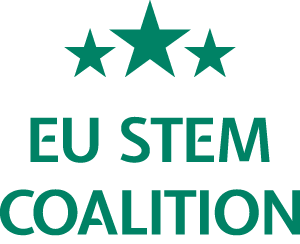Cool Geography Class
The Cool Geography Class was developed by the EGEA-Tartu (European Geography Association for students and young geographers) in 2016. The aim of the project is to popularise the scientific geography and its career opportunities in Estonian schools. The development of the programme is based on the input of (geography) teachers and their needs for practical lessons.
The Cool Geography Class was developed by the EGEA-Tartu (European Geography Association for students and young geographers) in 2016. The aim of the project is to popularise the scientific geography and its career opportunities in Estonian schools. The development of the programme is based on the input of (geography) teachers and their needs for practical lessons.
Every year, the programme develops four new lesson topics that consist of theoretical and practical work. The lessons are conducted by the University of Tartu geography students (all together about 20 students). The lessons are provided based on the schools interest and for them and for the school. The lessons are completely free of charge.
In 2020, the lessons topics were:
- spatial planning
- smartphones as a tool for geography
- natural geography
- 3D modelling
The progress of the programme is measured in terms of the number the schools visited every year. The programme supports the countries aim to increase the number of applicatns in the universities in the STEM fields and with the goal of smart specialisation.

The impact of the programme is measured in terms of the number of students that have participated in the programme. The impact of the programme is also recognized by the Estonian Research Council as the best science popularizer in 2020.
In addition, the number of students accepted to the University of Tartu in geography curricula has slightly increased in the last several years.
The reach of the programme in 2019 was 36 schools and 2487 students in Estonia. All together the program´ s team travelled 6428 doing the visits.
The project is mainly funded by the Estonian Research Council and supported by the University of Tartu Geography department and EGEA-Tartu. Private donations are also accepted.





